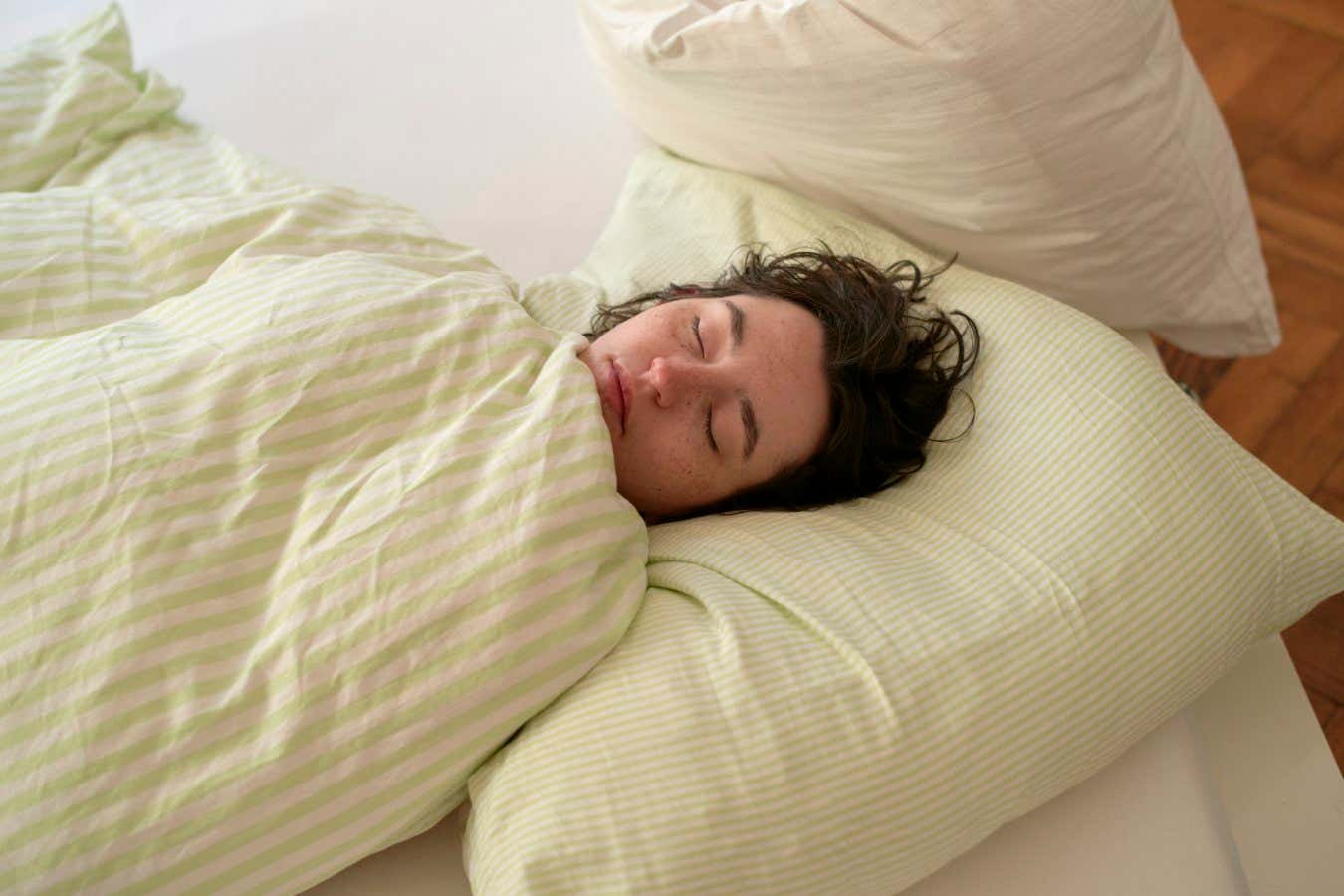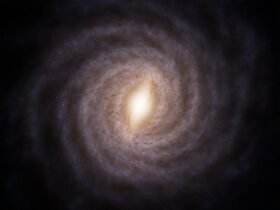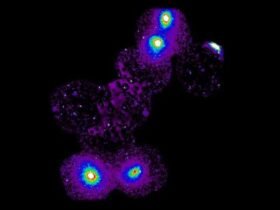
How does the brain encourage us to make up for sleep loss?
Connect Images/Getty Images
Researchers have discovered neurons in mice that help their brains track and recover from sleep debt. If a similar pathway exists in humans, it could improve treatments for sleep disorders and other conditions marked by sleep impairment, such as Alzheimer’s disease.
We are all familiar with sleep debt, or the gap between how much sleep you need and how much you actually get. But until now, it wasn’t clear how the brain tracks sleep loss – or compels us to make up this difference.
Mark Wu at Johns Hopkins University in Maryland and his colleagues mapped brain pathways in mice that are involved in sleep by injecting a tracer into 11 brain areas known to induce sleep. The tracer, which travels from neurons receiving signals to those sending them, revealed 22 regions with connections to at least four sleep-promoting areas.
The researchers focused on a subset of 11 previously unidentified regions. Using a technique called chemogenetics, they gave mice specialised drugs that activate particular parts of their brains. They divided the mice into 11 groups of three to four individuals, activating a different area in each group.
A region called the thalamic nucleus reuniens seemed to be key. When neurons in this area were stimulated, the mice experienced the greatest increase in non-rapid eye movement (REM) sleep – about twice the amount as mice that weren’t stimulated. However, it took several hours for the animals to fall asleep after stimulation, during which they seemed to prepare for rest.
“When you go to bed, you probably brush your teeth, you wash your face, you fluff your pillow or arrange your blanket and then go to sleep,” says Wu. Mice do something similar. “They kind of groom their face, they clean their whiskers and then they fluff their nest up,” he says. This suggests these neurons aren’t an on-and-off switch for sleep – instead, they induce sleepiness.
Another test also supported this idea. In six sleep-deprived mice, deactivating the thalamic nucleus reuniens brain cells made the rodents less sleepy – they were more active and spent less time nesting than control mice. They also got 10 per cent less non-REM sleep, on average.
Other experiments showed that these neurons activate during sleep deprivation and quiet down once sleep begins.
Together, the findings suggest this brain region drives sleepiness and triggers restorative sleep after sleep loss, says Wu. Developing therapies that target these neurons could lead to new treatments for hypersomnia – a sleep disorder characterised by excessive sleepiness after rest – as well as conditions such as Alzheimer’s disease, in which people don’t sleep enough.
However, it isn’t clear if the same brain circuit exists in humans, says William Giardino at Stanford University in California. We also don’t know whether it plays a role in long-term sleep deprivation. “They’re focusing more on the short-term effects of sleep deprivation, which might not closely model humans with years and years and years of sleepless nights,” he says.
Topics:













Leave a Reply